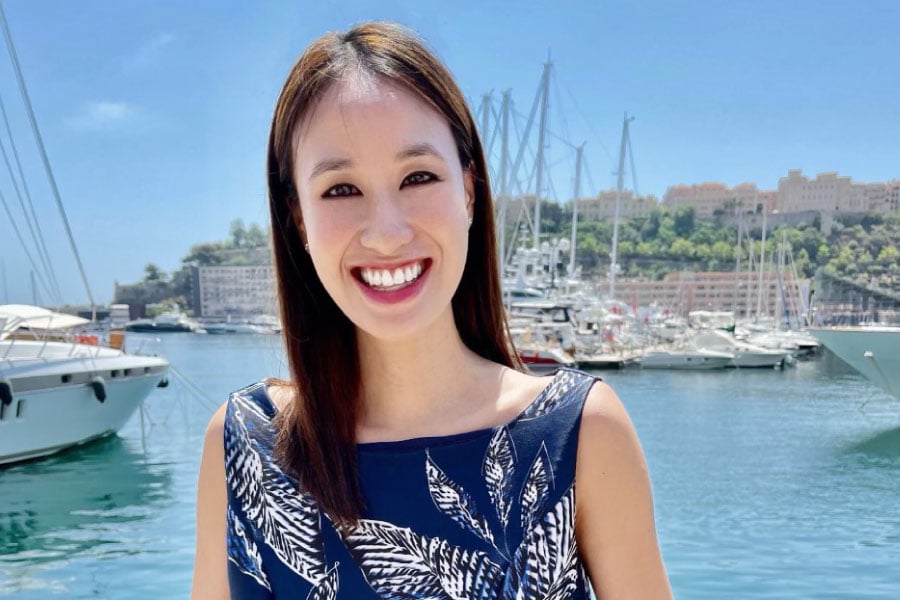The Business of Luxury
The luxury market is soaring with 5-year outlooks showing momentous growth for these upper-tier business segments. In addition to the boom taking place, analysts have identified something fascinating about this new growth. Paradigm shifts are transforming the very nature of luxury and luxury consumer expectations. Understand what’s happening and learn how to tap into the surge.
COURSE DESCRIPTION
After the years of austerity and isolation brought on by the coronavirus pandemic, customers are returning to luxury. They’re ready to indulge and treat themselves, but with the re-emergence of luxury, new consumer values are also arising. Learn about these paradigm shifts. Digitisation and ‘Instagrammable moments’ are among the factors challenging a number of the fundamental premises of luxury brands. Related to this, the rise of millennial consumers is resulting in changing spending habits across generations. Status has become less about ‘what I have’ and more about ‘who I am’. Travel, shopping and dining—in addition to being financial transactions—are increasingly emotional investments, and customers expect an experience where the memory becomes the product.
The global luxury market is set to achieve revenues of €332 billion in 2023 and, according to Boston Consulting Group and the French luxury goods association Comité Colbert, this is expected to climb to €494 billion by 2026. Almost two-thirds of that growth will take place in markets outside of Europe and the U.S. This course will empower you to take advantage of that growth.
WHO IS THIS
COURSE FOR?

Business Owners/Managers
who desire an enhanced understanding of strategy for the luxury industry.

Operational Employees
who are looking to improve their knowledge of the luxury industry.

Entrepreneurs
who plan to develop their business in the luxury industry.

WHAT YOU'LL LEARN
- How to define a luxury business
- How to analyse the luxury markets
- What are the different types of luxury
- How to cater to different luxury consumers
- How to create a successful business strategy for the luxury market
COURSE OUTLINE

Module 1: What is luxury?
- Defining luxury
- What makes a product “premium” or “luxury”
- The macro-economic, micro-economic and sociological environments of luxury

Module 2: Understand your luxury customers
- Understanding the behaviours of different luxury consumers
- Creating a successful strategy to cater to these differing luxury consumer segments
- Why some brands thrive while others struggle

Module 3: Principles of luxury
- How to build a luxury brand
- The journey of a luxury brand: from brand concept to brand value
- Understand the luxury business through the lens of a luxury company’s branding, co-branding, marketing, operations, etc.
- Case study

Trainer
ADMISSION CRITERIA
Our course is designed for ambitious professionals. There are no admission requirements to enroll in this course. You can come from any sector and bring a host of background experiences.
ADMISSION PROCESS
To enroll, choose the desired intake and fill in your personal details. You will receive an email with the payment link. You are accepted in the course only upon receipt of payment.
DEADLINE
We must receive payment at least five days before the start of the course. Late enrollments can be accepted on a case-by-case basis.
"Some people think luxury is the opposite of poverty. It is not. It is the opposite of vulgarity."
- Coco Chanel
EXPLORE YOUR PROGRAMME OPTIONS

Customer Service for the Luxury Market: Etiquette and Attitude
Luxury consumers want to feel valued and one-of-a-kind. However, many luxury brands—despite having a luxury product—fall short on elements of the luxury experience. Learn the tactics for creating a luxuriously memorable experience through every word and gesture.

Personal Branding
Though the concept of personal branding is not new, questions remain about how to create one and, more importantly, what it means to maintain and inhabit that brand. This course is your opportunity to define your brand and to learn the strategies to showcase and manage your brand once it’s established.

